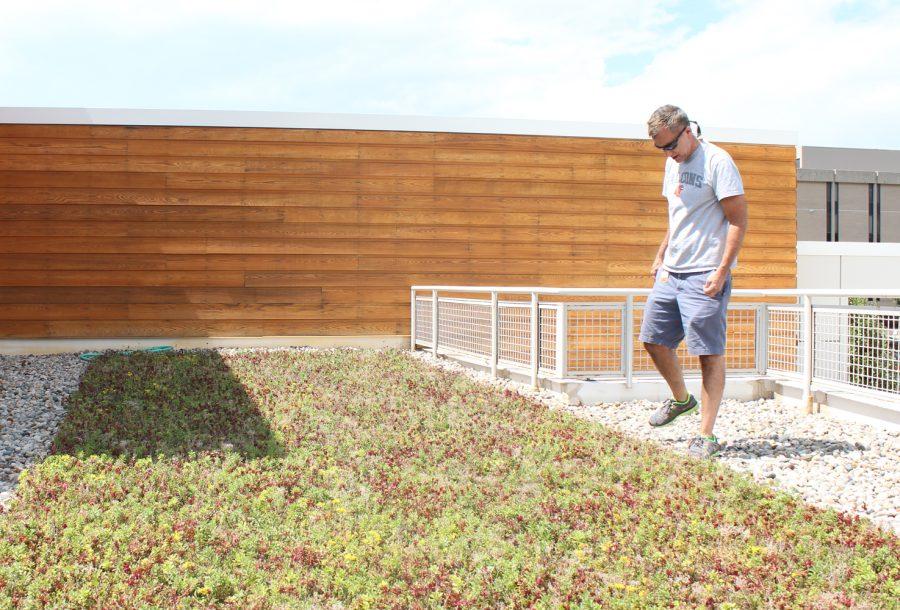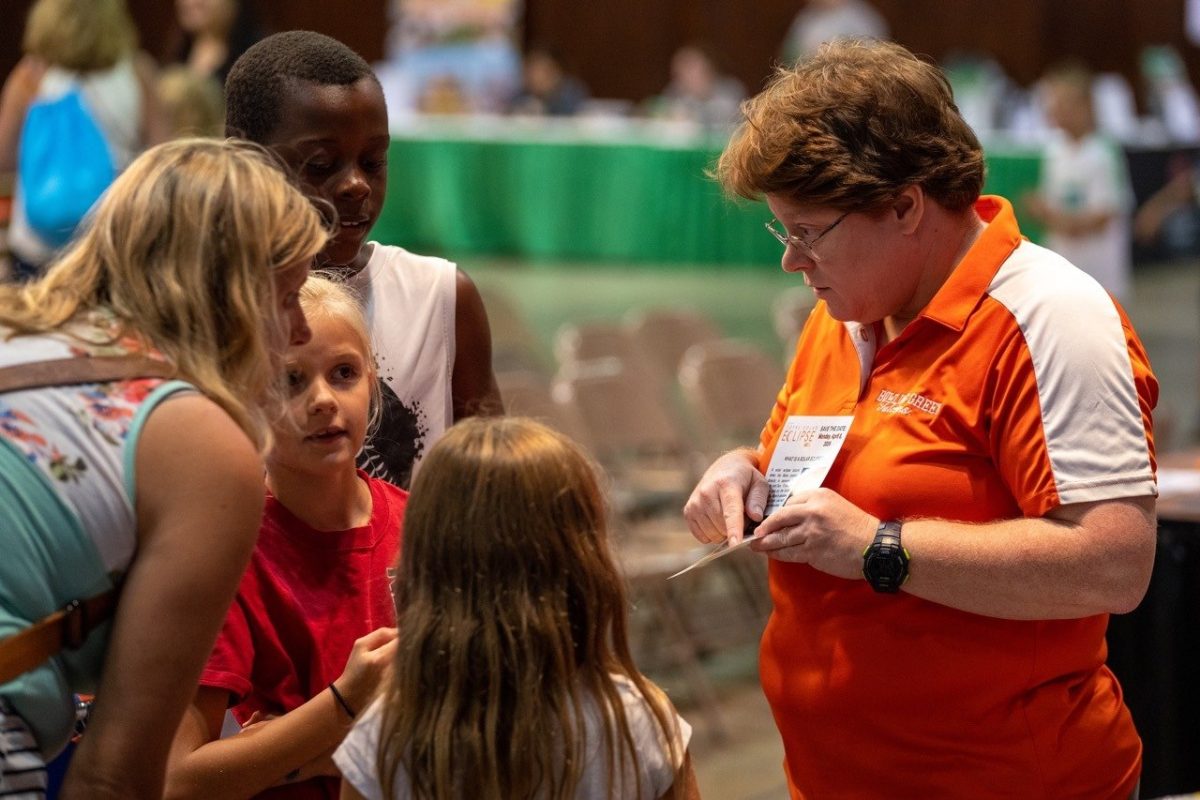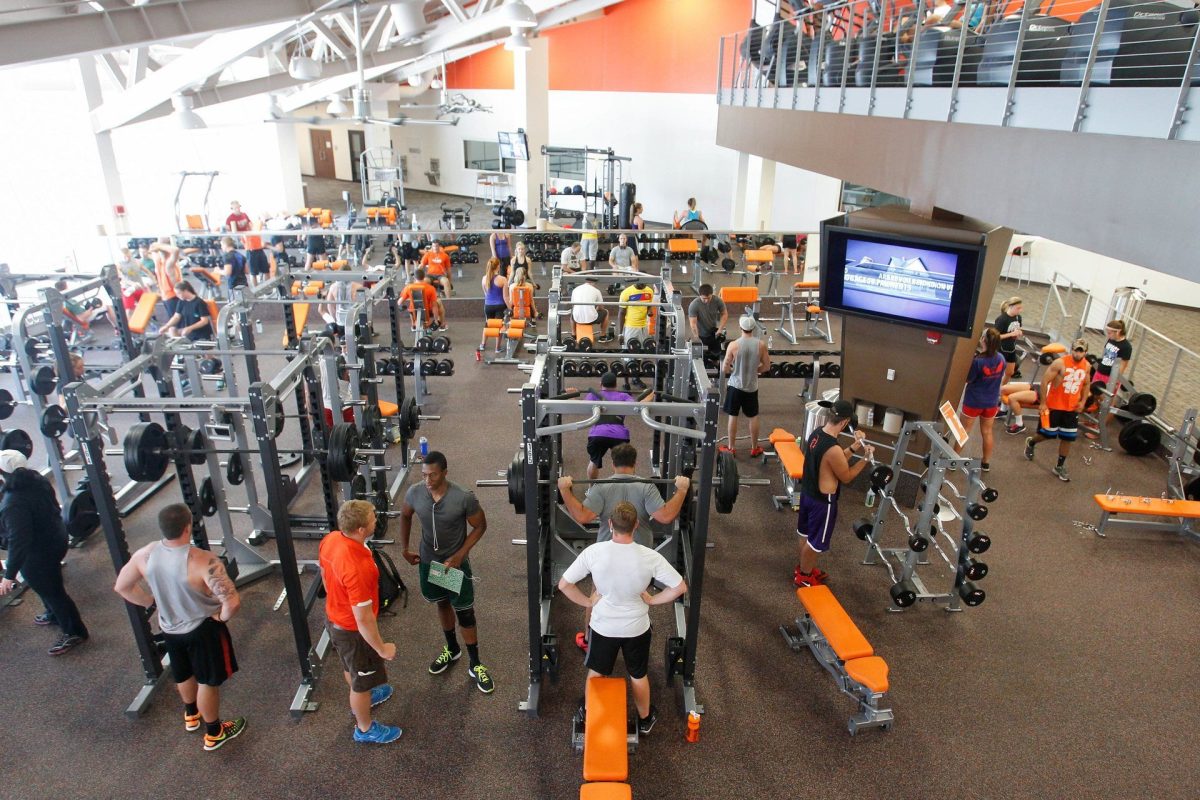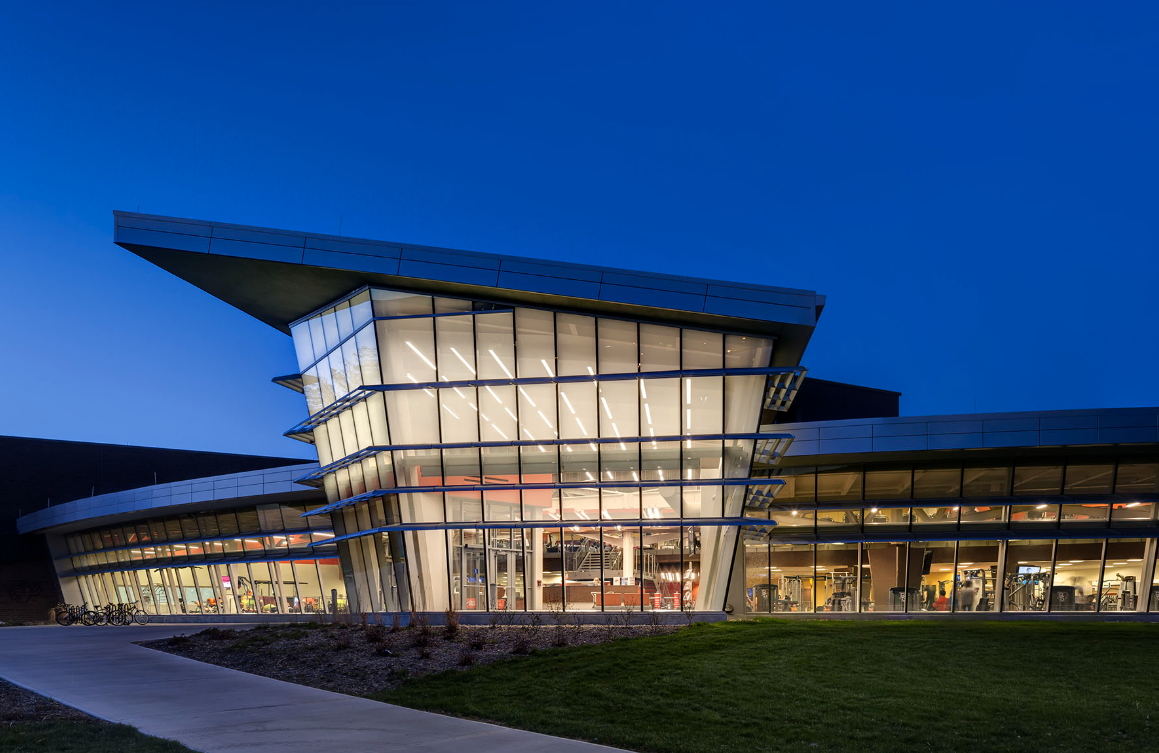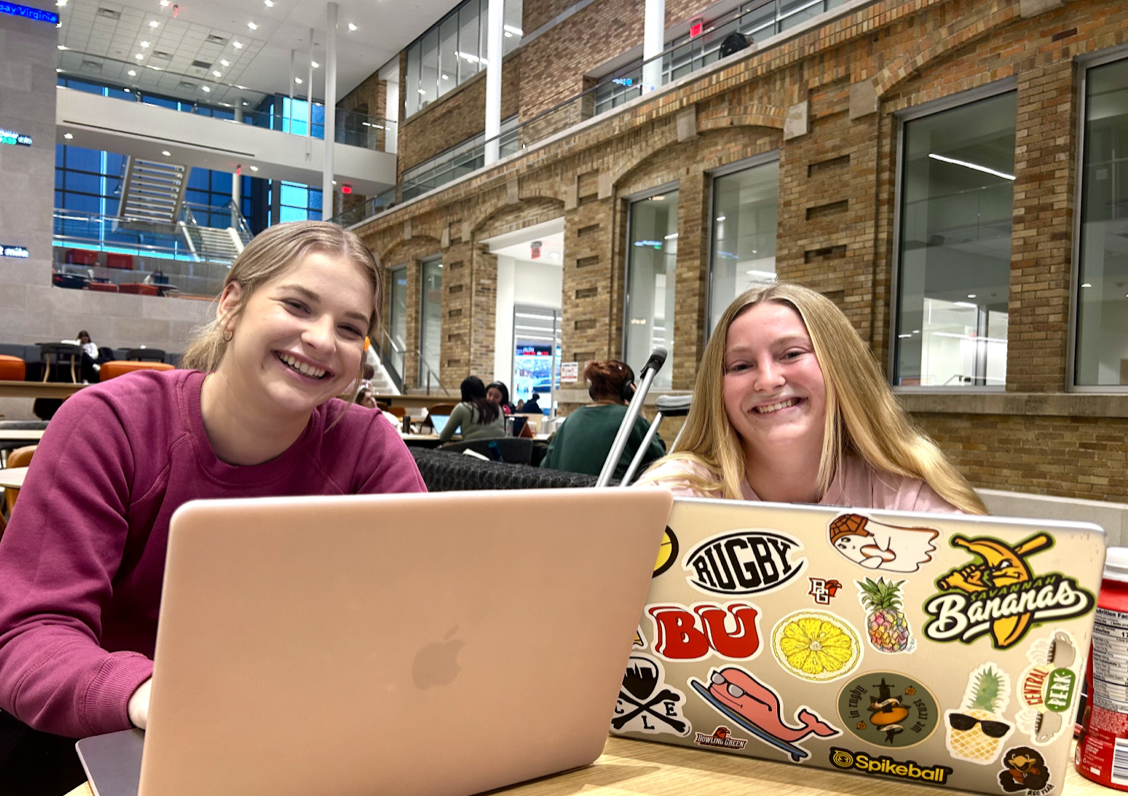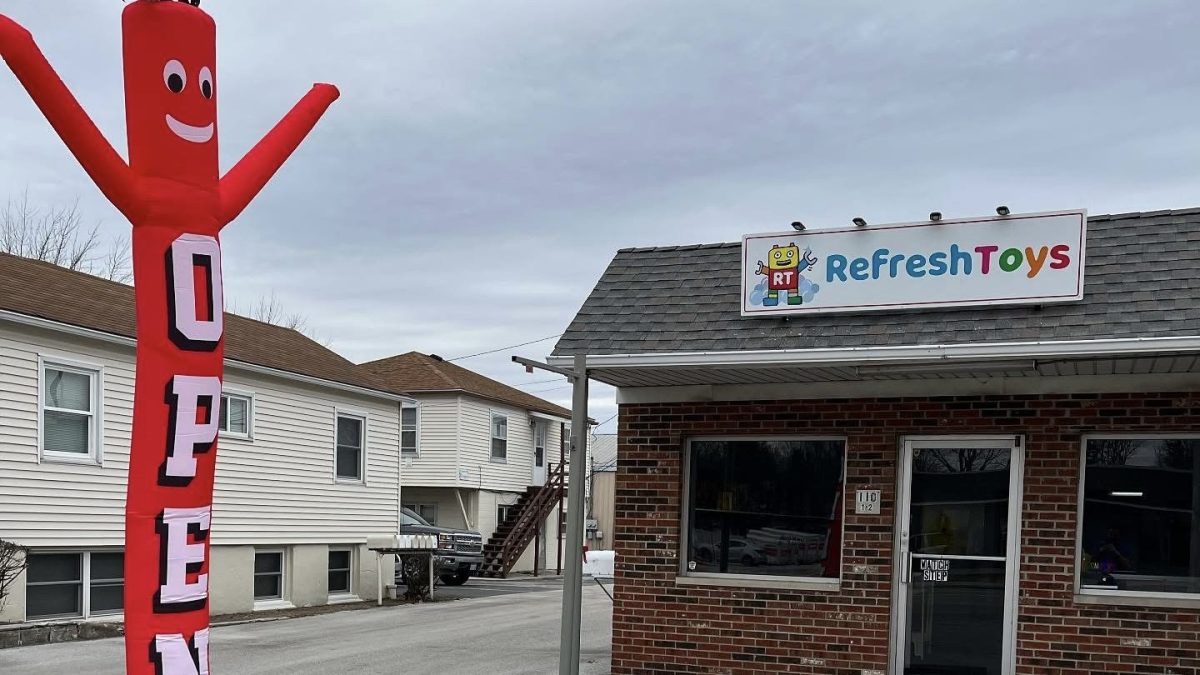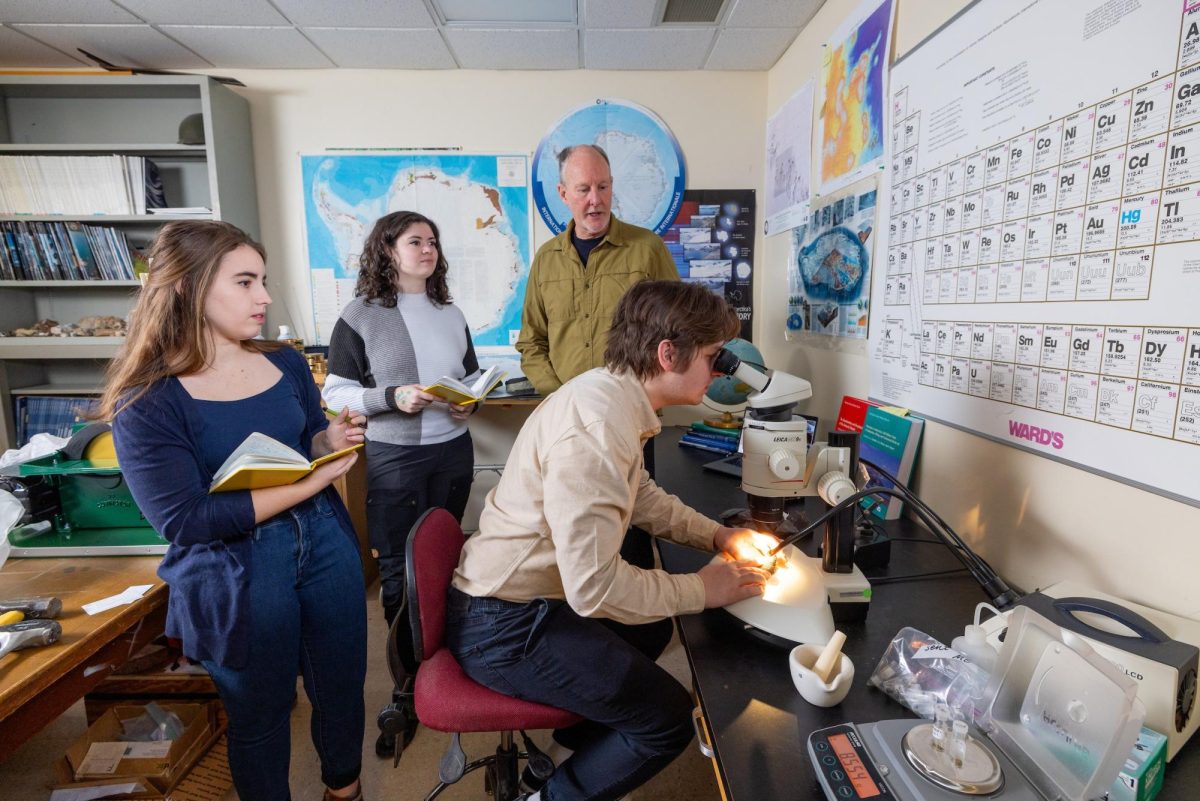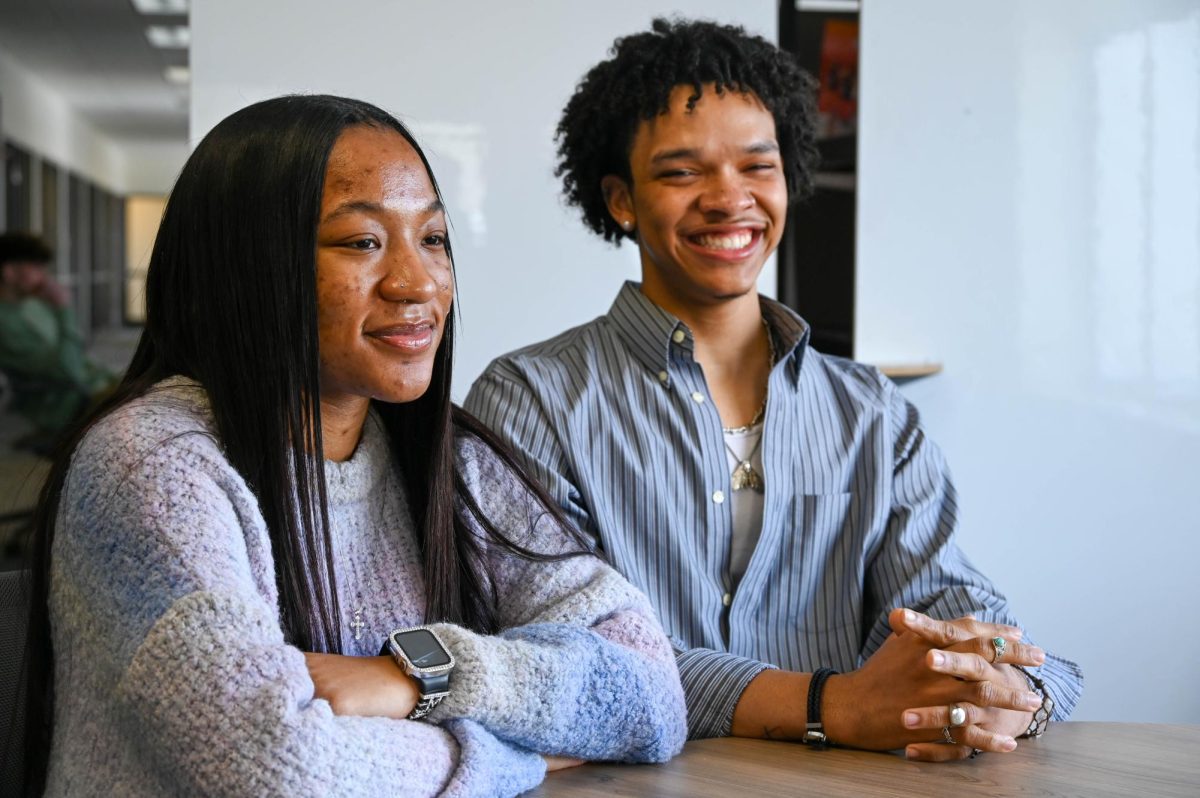With a new school year starting, a multitude of green energy projects are underway on campus to help reduce the carbon footprint.
Nick Hennessy, the campus sustainability coordinator, said that “live roofs” are being added to the Carillion dining facility, in addition to the Oaks dining and bike racks live roofs.
Live roofs are 2×1 planks of sedum, a layer of flowing plants, to help reduce the temperature and drainage on the buildings it is attached to.
“The live roofs reduce the temperature of the (overall) roof significantly, making the interior building much cooler,” Hennessy said.
Since the inside of the buildings will be cooler, the energy cost during all seasons will reduce, causing the University’s carbon footprint to decrease.
The live roofs also help drainage and can handle the Bowling Green rainfall with ease.
Hennessy said that there would be no issues of pooling or with water standing still along the sidewalks or by the buildings.
The funding for the live roofs is granted through a student fee, which students can opt out of, that is pooled into a fund called the “Student Green Initiatives Fund.” This fund is used for student-driven sustainability projects in and around campus.
The fund is operated by a committee that “allows any current BGSU undergraduate student, graduate student or groups…from main campus to apply,” according to the Student Green Initiative Fund webpage.
The Office of Sustainability looks to spear head projects on campus that are student volunteer based and aimed to achieve the office’s three core objectives: reduction of emissions, waste reduction and resource conservation and education, awareness, and outreach.
Some of the projects the Sustainability office has conducted are the Welcome Picnic, a picnic conducted for the incoming first year students every opening weekend.
Hennessy said that the office and Dining Services team up to create a low waste event, where students eat off of Frisbees and apples are all complied into compost.
Hennessy said that the campus is looking for future projects to keep the campus more environmentally focused.
The Office of Sustainability is looking into a new project for campus called “Renewable Energy and Sustainability Feasibility Study.”
“Essentially, we would hire a company to come onto campus and look at what (is possible) to reduce carbon emissions here on campus,” Hennessy said.
The Student Green Initiative Fund has pledged to fund 50 percent of the total project cost.
Carbon emissions are negative environmental impacts that come from residential and commercial living, electricity, industry and transportation outlets.
This project would allow the University to look at what the campus can re-evaluate with their dorms, parking spaces and heating and cooling of buildings to change our carbon footprint.
“It’s unfortunate that we have to act re-actively instead of actively, but we have to know what we can do,” Hennessy said.
The Environmental Action Group, a student organization on campus, has been fronting a project to expand on the Green Fund by creating a Clean Energy Fund to reach alumni who want to donate to making campus greener.
Matt Cunningham, EAG president, said the fund was proposed at the end of the spring 2015 semester and they “excited to spread awareness about the fund’s potential.”
Cunningham also encouraged students to get involved and be more aware about the environmental impact you are making on campus.
“There are new recycling bins in every room of the Union,” Cunningham said. “You can really make a reduced impact that you might not know about.”
Students who are interested in getting involved with their volunteer programs can visit www.bgsu.edu/sustainability


